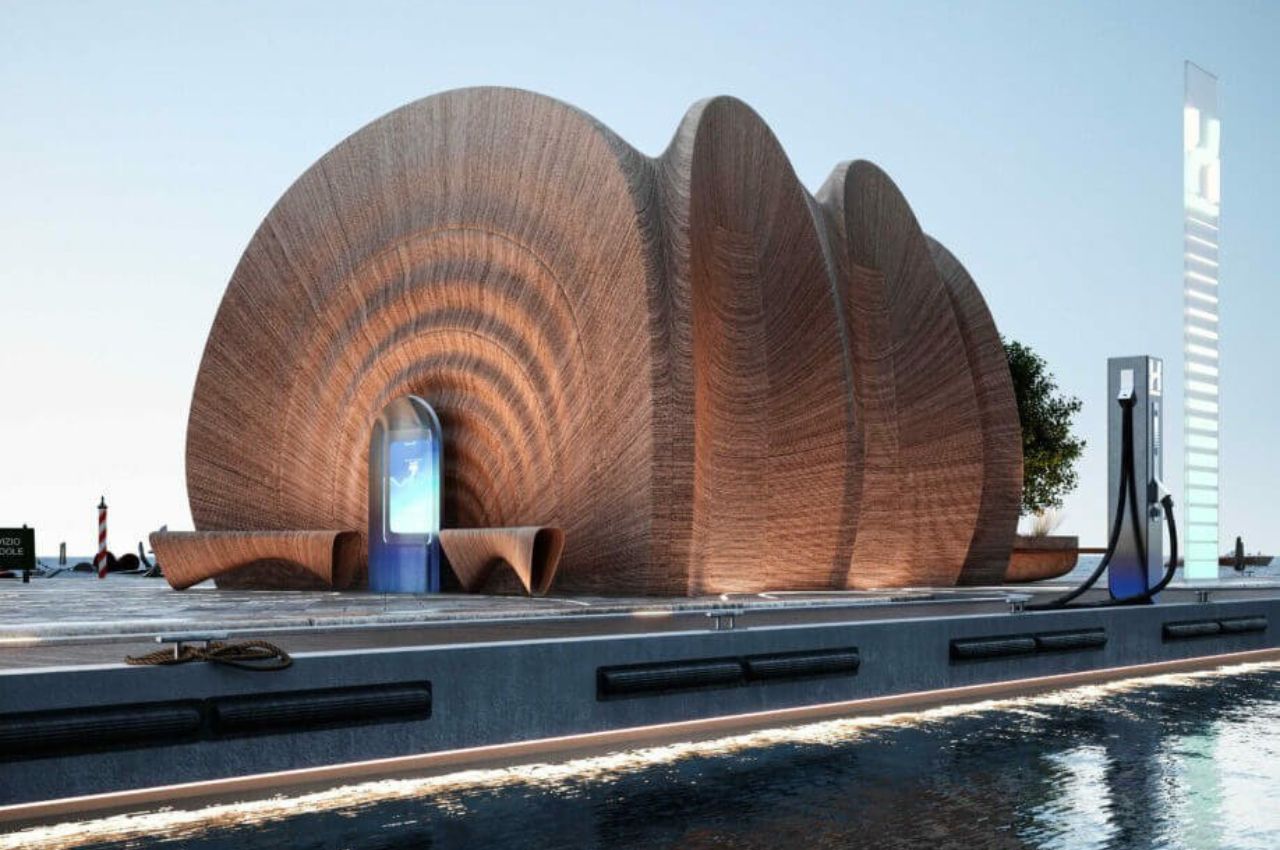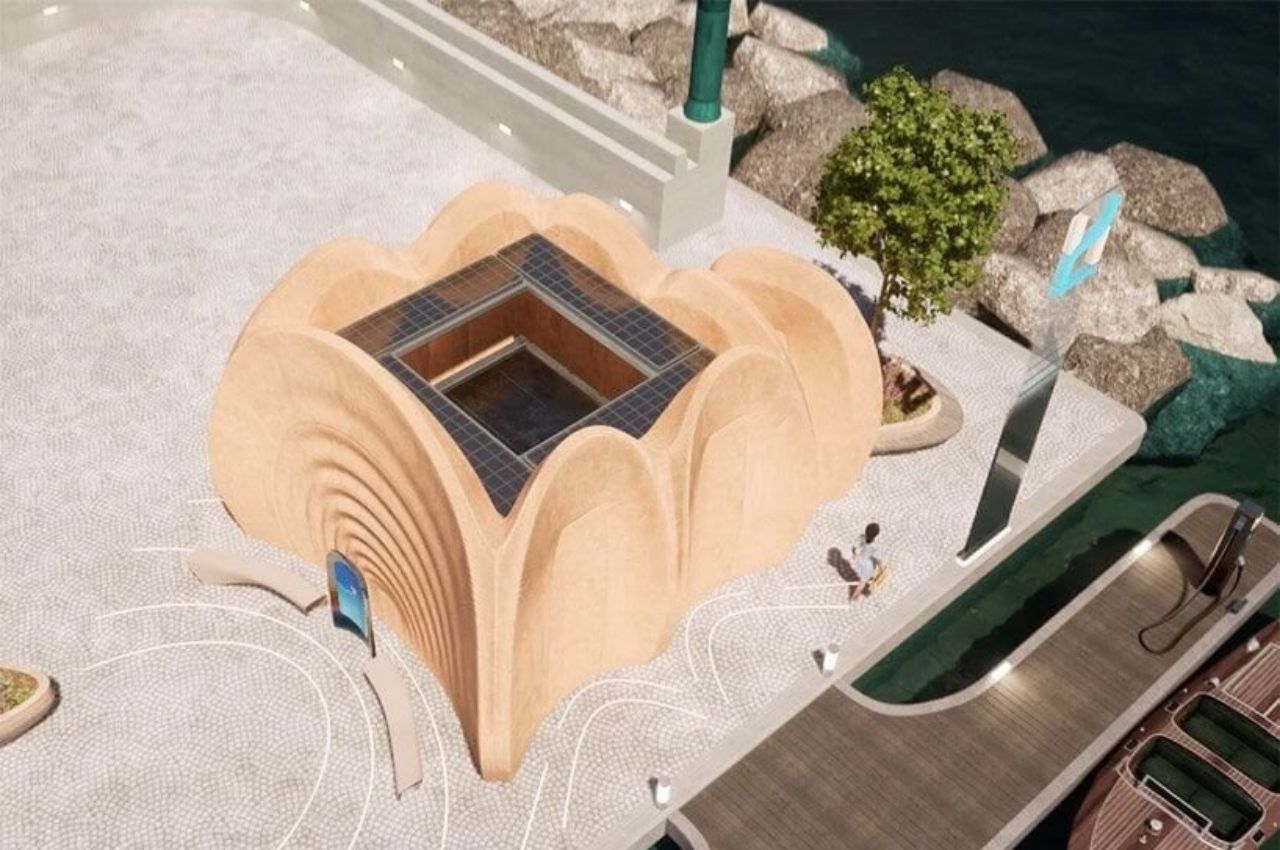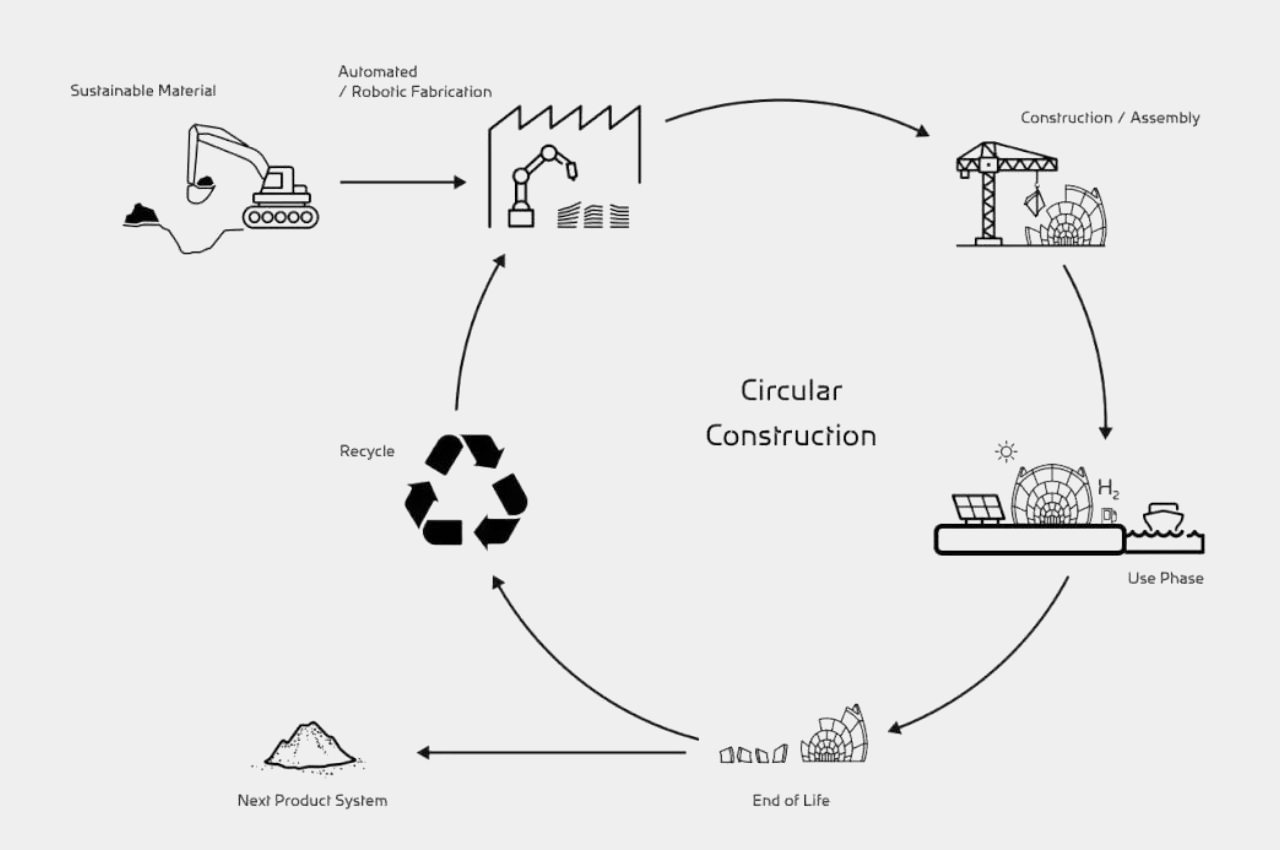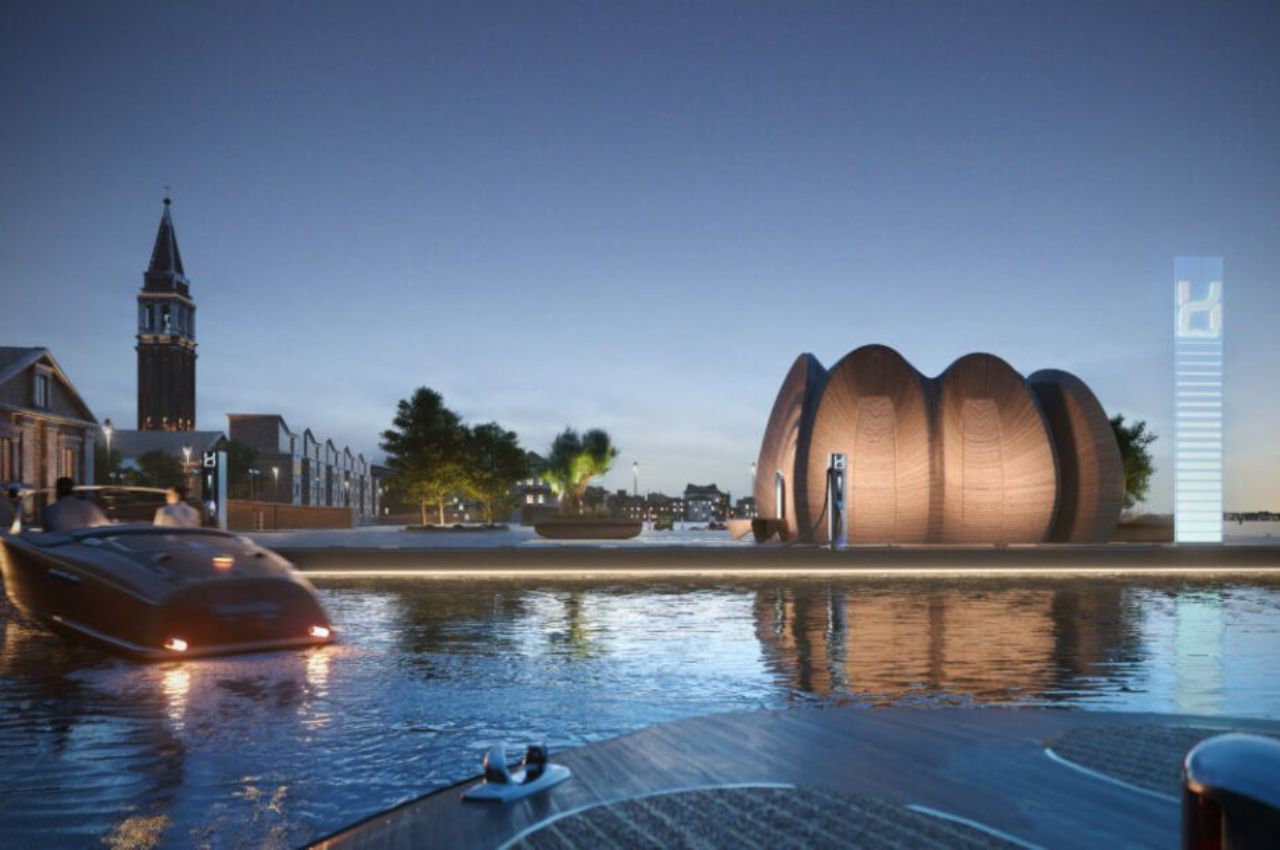
Toyota is transforming the way we think about energy. No longer just focused on automobiles, the company is exploring new avenues to make hydrogen a mainstream energy source for a wide range of uses. This October, at Japan Mobility Bizweek, Toyota will unveil its portable hydrogen cartridges for the first time. These cartridges have been designed with both functionality and aesthetics in mind. With a sleek cylindrical form reminiscent of oversized AA batteries, the design prioritizes portability and ease of use. The clean, minimalistic lines and ergonomic handles ensure the cartridges are easy to carry and seamlessly integrated into various environments, from automotive applications to home use. Toyota will unveil its portable hydrogen cartridges, showcasing them for the first time between October 15th and 18th. These cartridges are set to revolutionize hydrogen energy by providing a swappable and portable power solution for next-generation fuel cell electric vehicles (FCEVs).
Designer: Toyota
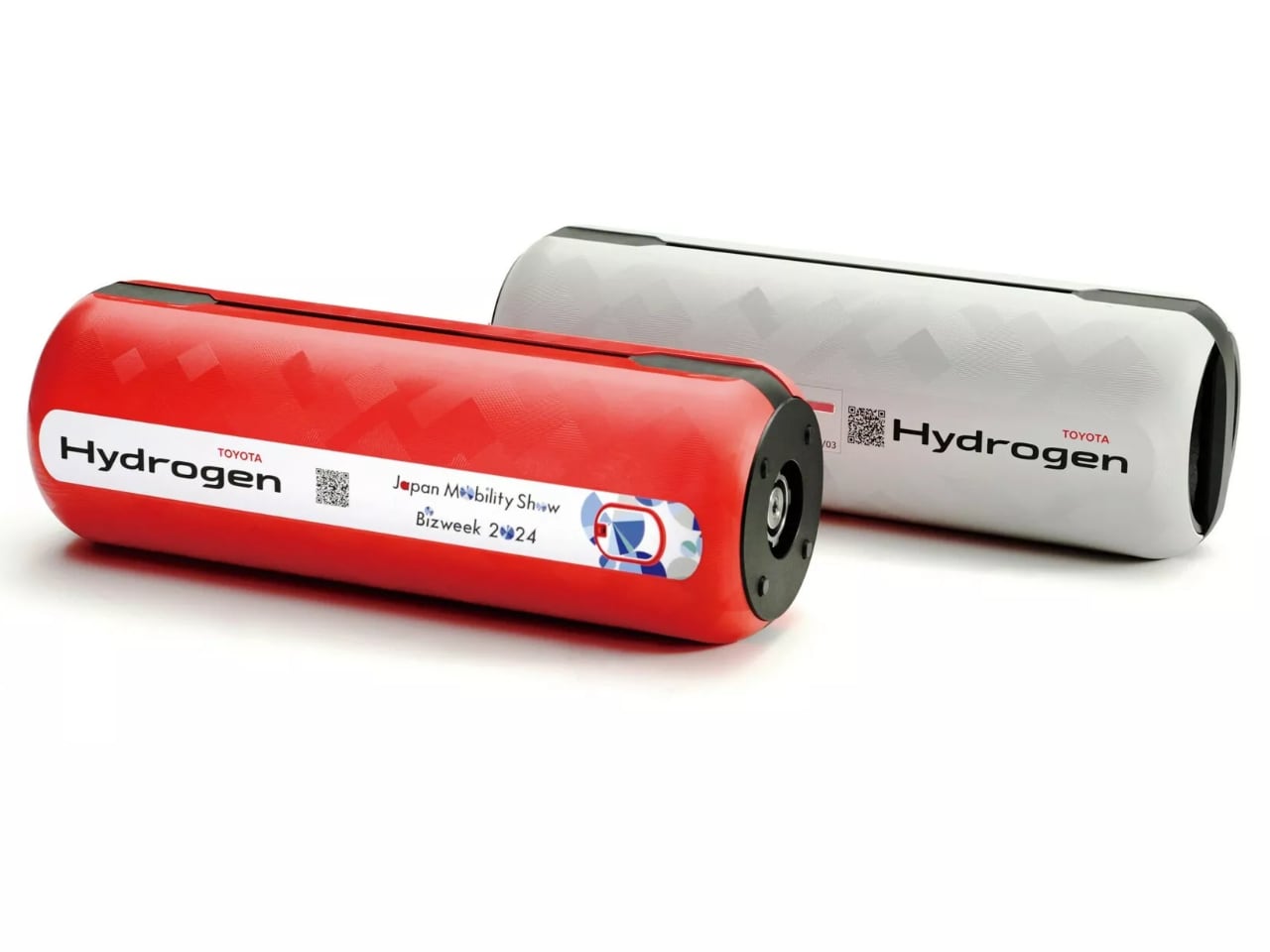
Image: Toyota

Initially developed by Woven, Toyota’s mobility technology subsidiary, these cartridges have evolved significantly since their first prototype in 2022. Today, they are lighter, more compact, and convenient to transport—qualities honed through Toyota’s extensive experience refining hydrogen storage for its fuel cell vehicles. Imagine a hydrogen cartridge that can be carried effortlessly, powering your car and a range of other devices in your daily life.
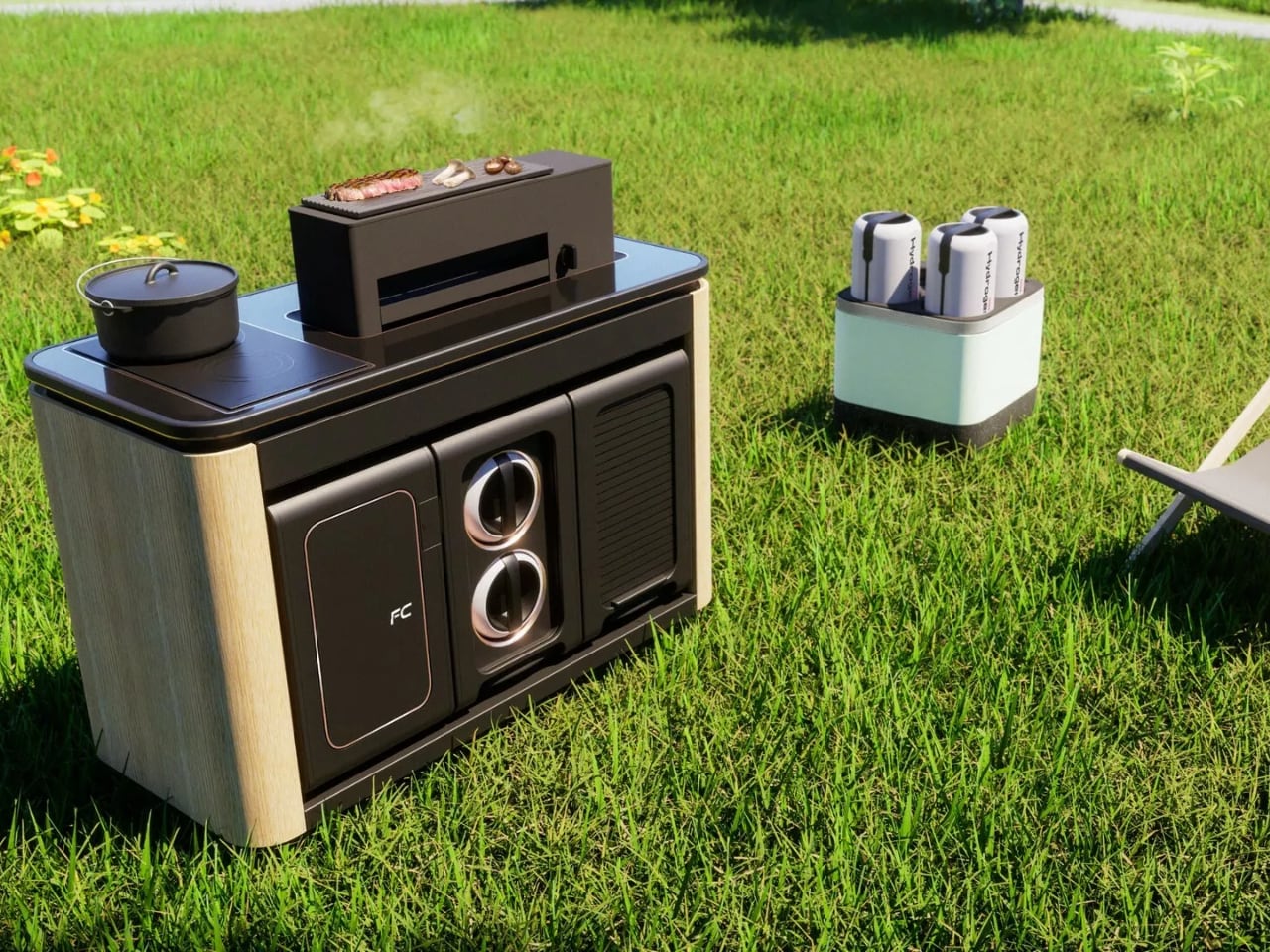
Image: Toyota
Toyota’s vision goes far past the traditional confines of electric vehicles that rely on charging infrastructure or hydrogen-powered vehicles dependent on refueling stations. Instead, this approach focuses on versatility and convenience. When your FCEV needs power, you can swap in a fresh hydrogen cartridge—eliminating the waiting time of conventional charging. Outside the automotive world, these cartridges could also power home appliances, providing energy for cooking or serving as a backup during emergencies. Toyota’s collaboration with Rinnai Corporation to develop a hydrogen-powered stove highlights how these cartridges could transform everyday energy usage.
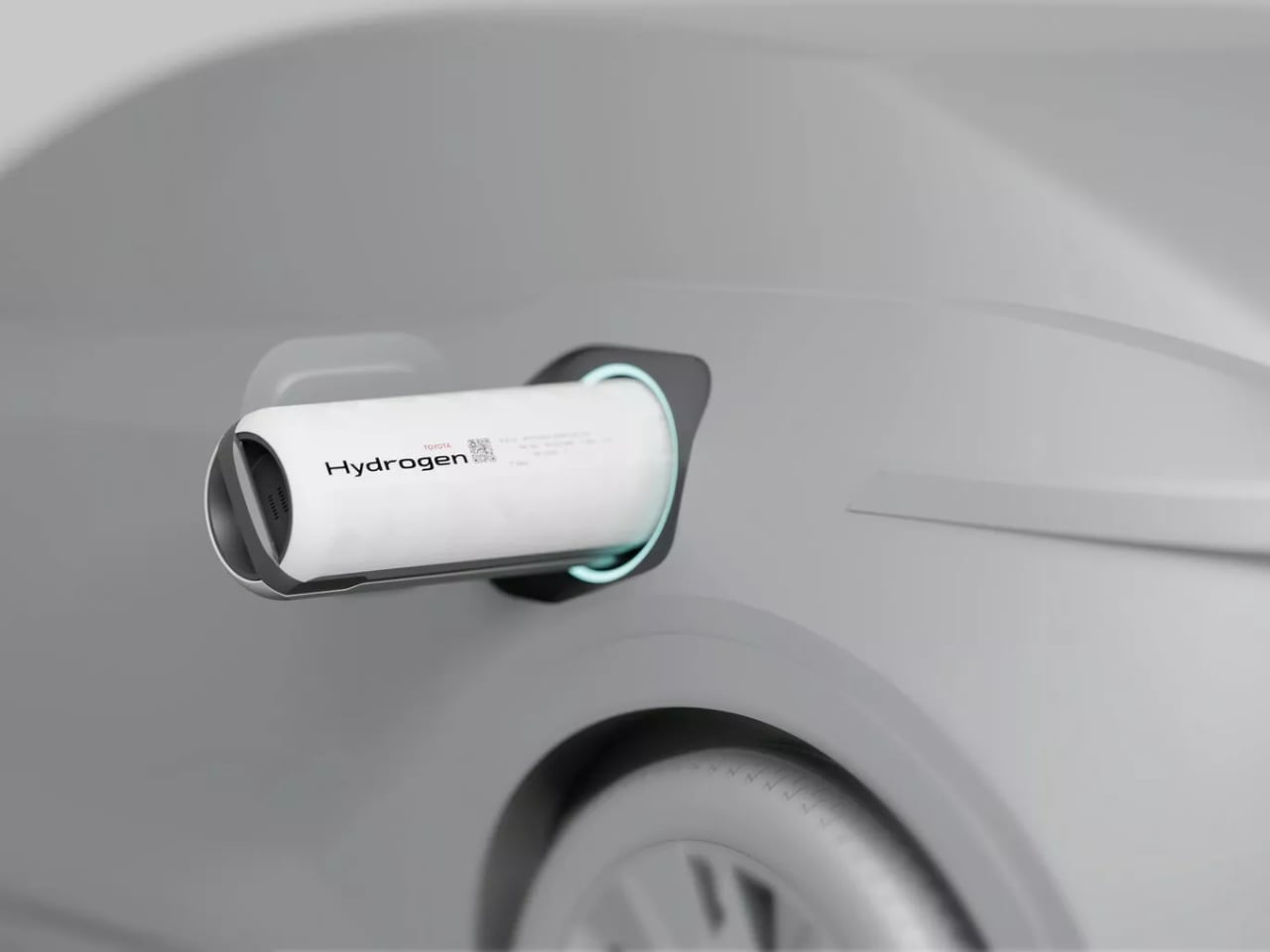
Image: Toyota, swappable and portable power solution for next-generation fuel cell electric vehicles (FCEVs).
Like household goods, Toyota envisions a whole hydrogen ecosystem where cartridges can be delivered, swapped, and reused. The convenience of exchanging empty cartridges for filled ones eliminates the need for an extensive hydrogen pipeline infrastructure, making it possible to enjoy clean energy with minimal grid dependence. Moreover, these cartridges could harness hydrogen from renewable energy sources like wind and solar, integrating clean power into everyday use and advancing Toyota’s mission to achieve net-zero emissions.
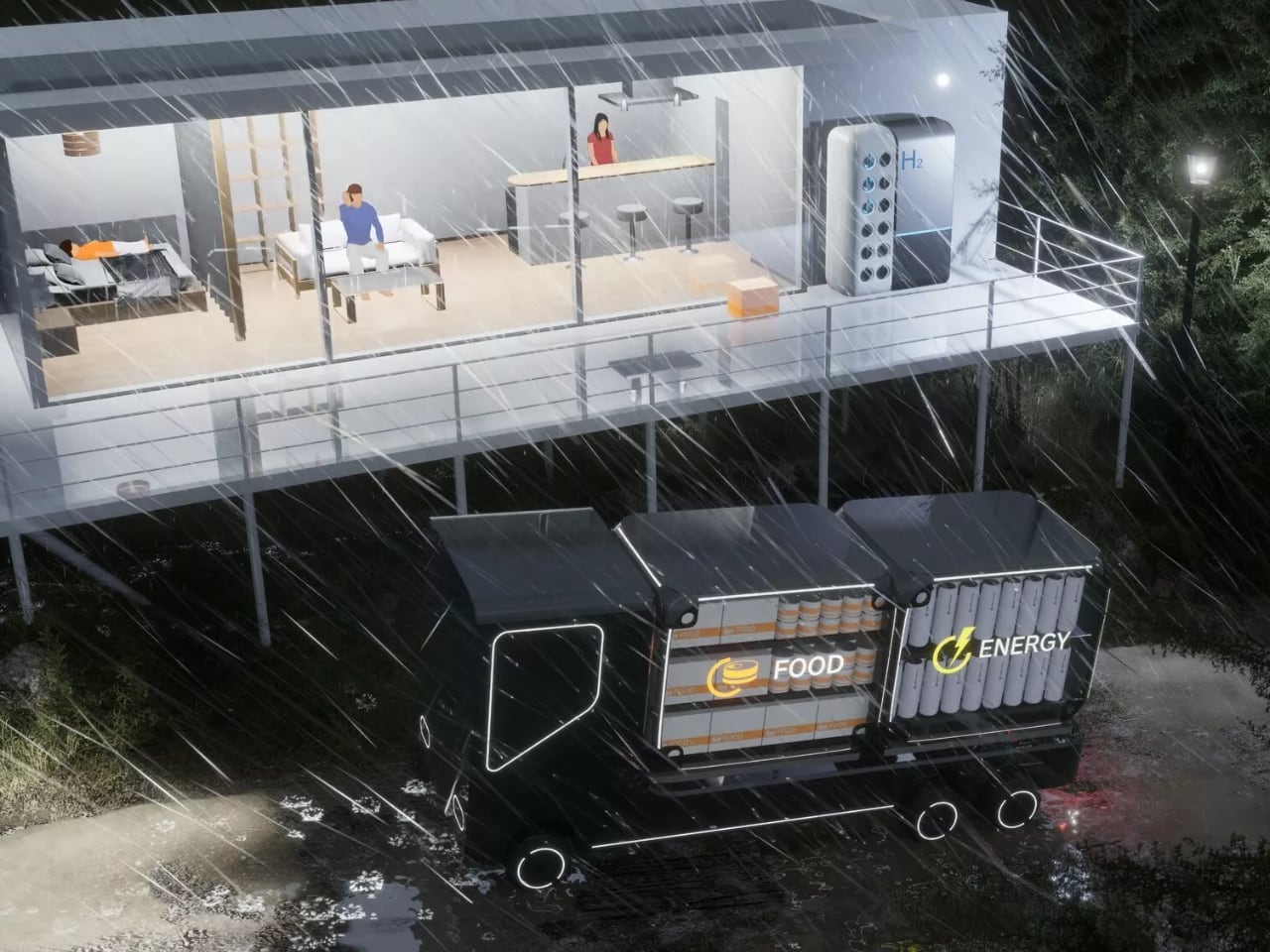
Image: Toyota
These cartridges could power off-grid locations, serve as emergency energy backups, or even be used in portable cooking appliances. Toyota is also demonstrating a hydrogen-powered stove, showcasing another practical application for these hydrogen packs. During emergencies, a hydrogen cartridge can be removed from the vehicle and used to power various devices, providing critical energy when it’s needed most.
Toyota’s broader vision for sustainability also includes other cutting-edge initiatives that will be presented at Japan Mobility Bizweek. The Liquid Hydrogen-Powered GR Corolla, which has been competing in endurance races since 2023, demonstrates the performance capabilities of hydrogen fuel in motorsports. Another significant showcase is the Sweep Energy Storage System, which repurposes old batteries from electric vehicles to stabilize renewable energy supplies by coupling them with wind and solar power systems. These projects highlight Toyota’s effort to build a sustainable energy ecosystem, reducing waste and improving resource efficiency.

Image: Toyota
With electric vehicle adoption not accelerating as quickly as many automakers hoped, hydrogen technology is being reconsidered as a viable alternative, and Toyota is not alone. Automakers like Hyundai, BMW, and Honda are also investing in hydrogen, recognizing its potential as a clean, adaptable fuel source. Toyota’s vision for portable hydrogen cartridges could be the solution that moves hydrogen from concept to reality, offering a tangible, everyday energy solution—powering everything from cars to kitchens.
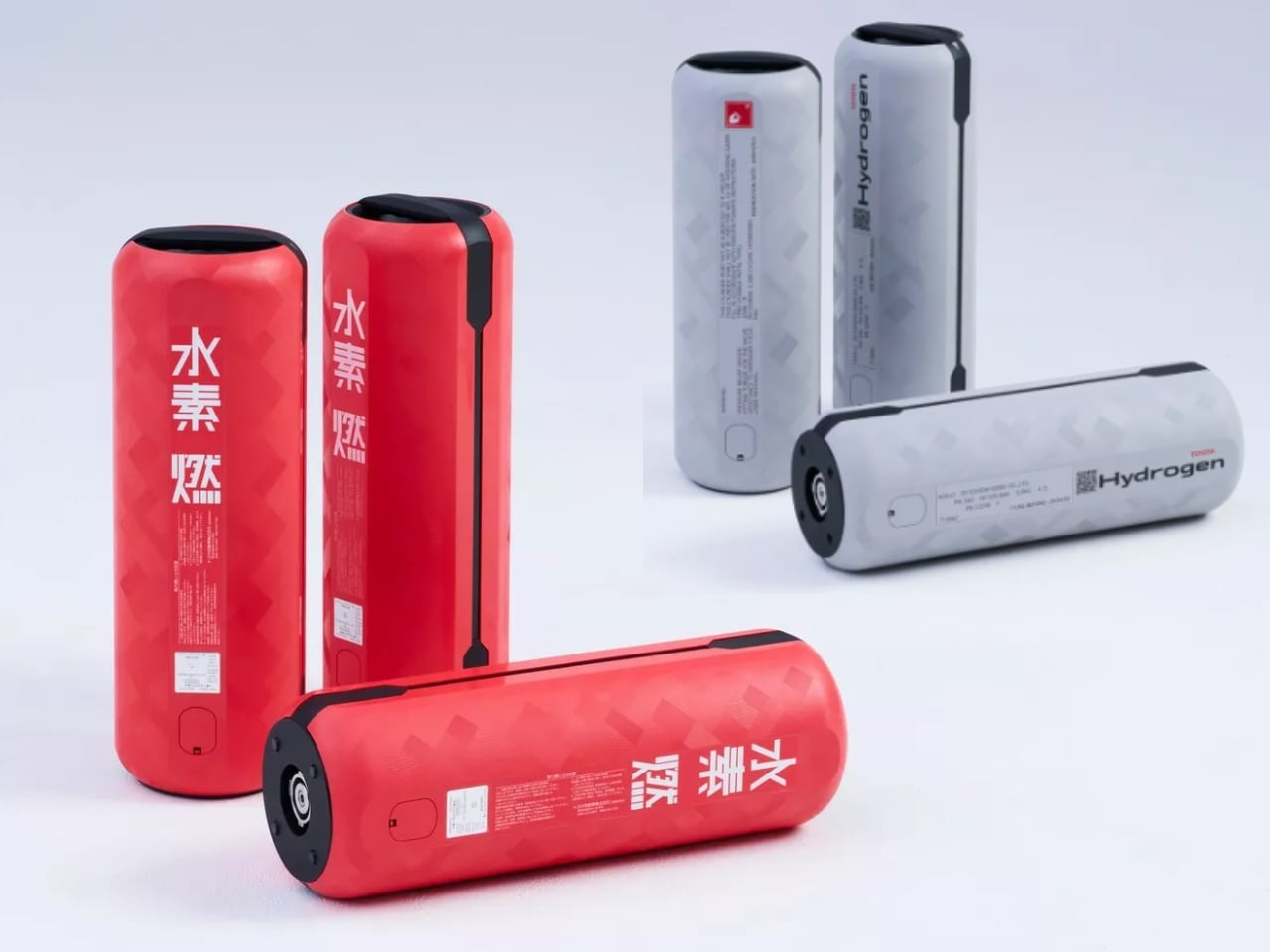
Image: Toyota
The post Toyota’s New Hydrogen Cartridges Could Make EV Charging Obsolete first appeared on Yanko Design.
